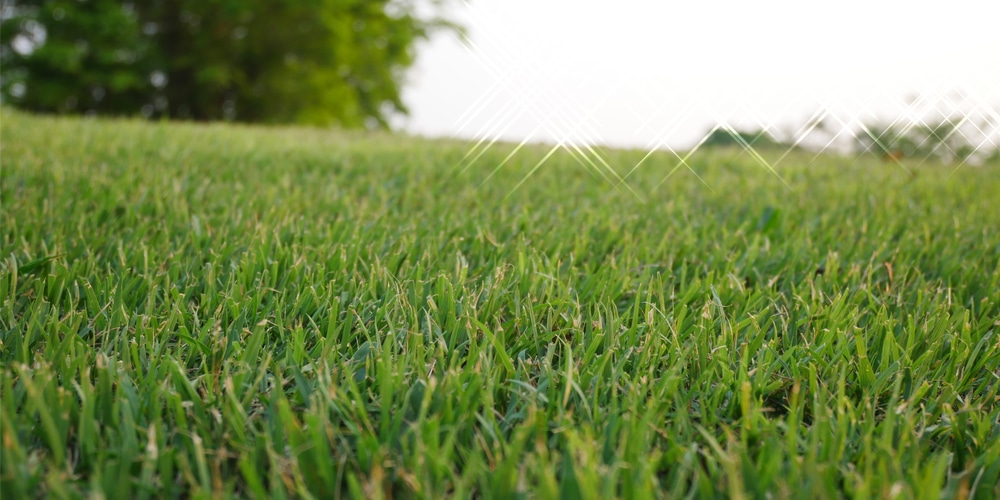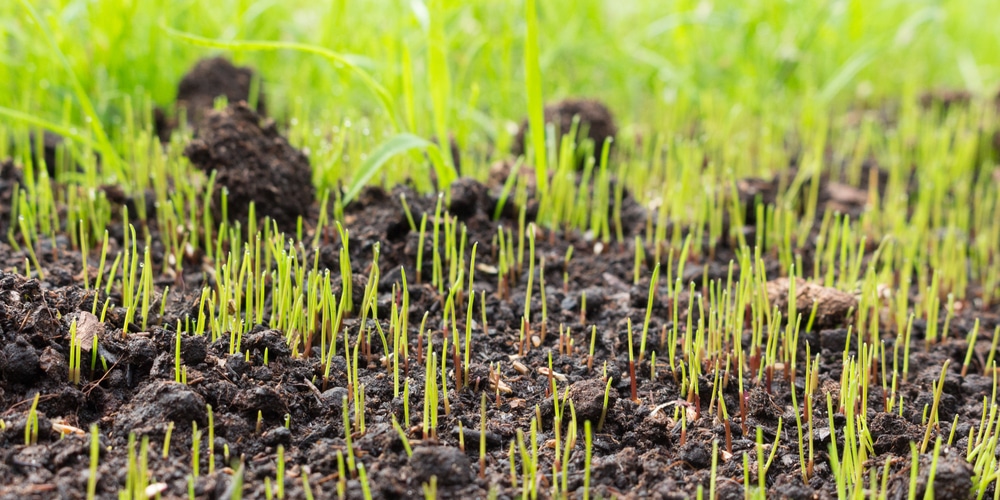Gardening is a popular pastime in Texas, and many homeowners aim to create a lush and thriving lawn. As your yard is an extension of your living space, it makes sense to plant and maintain your lawn at the correct times so that it stays healthy.
The right planting time can determine the success of your lawn, and planting times in Texas vary slightly from other states. The time you plant grass seeds will depend on which types of grass you plan to grow. Let’s look at when to plant warm and cool-season grasses in Texas. We’ll also tell you which grasses do best in certain areas.
When to plant grass in Texas?
The best time of year to plant grass in Texas is either in the early spring or late fall when the climate is cooler. Spring and fall are both perfect seasons for planting as there will be no frost on the ground at these times. The precise time to plant your grass seeds will depend on whether you’re planting warm or cool-season grass.
Warm Season Grasses
As Texas is a large state with various climates, both warm and cool-season grasses are grown. Warm-season grasses can be planted in late March or early April. Planting in the spring will allow your lawn to grow and establish itself throughout the spring and summer months. This will mean it’ll have a strong root system before the weather gets colder in the fall and winter.
Cool Season Grasses
If you’re planting a cool-season grass, you’ll want to plant grass seeds, overseed or lay new sod in the fall. September is the best time to plant cool-season grasses as they grow throughout the winter and aren’t affected by the cold.
It’s also a good idea to consider the temperature of the soil before planting grass seeds. For best results, warm-season grass should be planted when the soil temperature is between 65- and 70-degrees F. Cool-season grasses, on the other hand, require soil that’s between 50- and 65-degrees F. You can check the temperature of the earth using a soil thermometer.
If you decide to plant cool-season grass in the fall, it’s best to plant the seeds approximately two months before there’s likely to be frost on the ground. This will allow the grass time to establish its rooting system and will mean that it will be less affected by frost and colder weather.
If You Miss the Spring
If you miss the correct planting time and you live in an area of Texas that has mild winters, it’s possible to plant your cool-season grass seeds later in the fall. The seeds may grow or will perhaps lay dormant throughout the winter and begin to sprout as the weather improves in early spring. The problem with this tactic is that winter snows or wind could displace the grass seeds and cause your lawn to look sparse and patchy. If this happens, you’ll need to overseed the following fall.
Make sure that you are fertilizing as you plant the grass seed for the best results from your efforts.
Which grasses grow best in Texas?

Several different varieties of grass grow in Texas, and which type you plant will depend on the climate and where you live. Bermuda and St. Augustine are very popular types of grasses and are the most common across the state. Bermuda is very hardy and does well in hot weather as its heat and drought-resistant. It can also cope with cooler climates.
St. Augustine is also a common grass across Texas, and it thrives in warmer areas, especially the Gulf Coast. In the driest places in Texas, Buffalo grass is most common, while centipede grass grows in the southeastern region and central Texas.
No matter what grass you choose, aeration can help you get the most out of it. Here’s our guide to aerating a lawn in Texas.
Conclusion
Determining the best time of year to plant grass in Texas is only a small part of the overall equation. You need to water and fertilize, you also need to pick the right grass seed for YOUR yard.
Before planting your grass seeds, you may like to test the ph of the soil first. This will tell you if your soil is missing any essential nutrients, which may mean your grass seeds don’t grow as well as would be expected.
You can also prepare the surface of your lawn by removing any rocks or debris with a rake. You may like to cover your yard with a layer of compost to improve the quality of your soil.
Ensure that you sprinkle the correct amount of grass seeds on your lawn. You don’t want to plant too many, or they will be competing for light, water, and nutrients. Growing too little will create a patchy lawn. It’s best to follow the manufacturer’s instructions or ask for advice from your local garden center employees.
